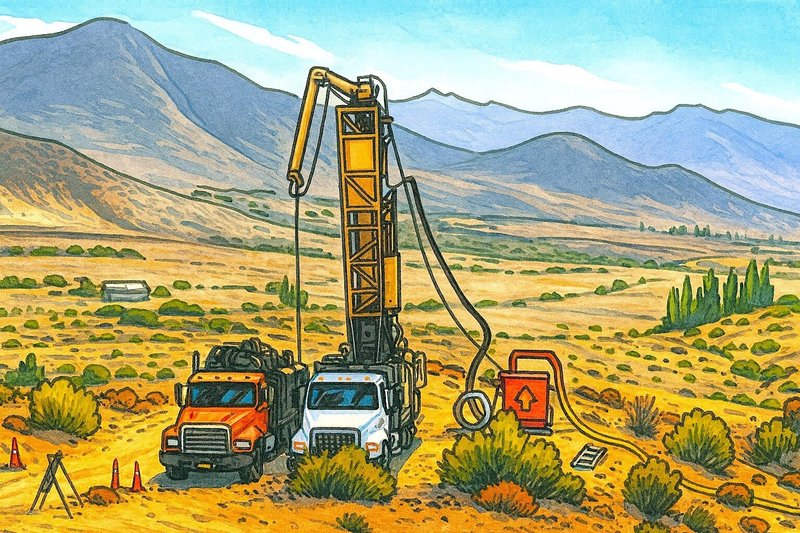FMR Resources (ASX: FMR) has refined the Southern Porphyry drill targets at its Llahuin copper–gold–molybdenite project in Chile through advanced geophysical remodelling, building on its recently completed joint venture (JV) transaction with Southern Hemisphere Mining (ASX: SUH).
The project sits about 250 kilometres north of Santiago in the country’s Coquimbo region, an area known for large-scale copper mining.
Historic drilling has already confirmed shallow mineralisation above the target, which lies within a six-kilometre corridor containing several known copper–gold deposits.
Buried Mineral System
The latest survey work used different types of geophysical imaging to look beneath the surface and identify signs of a buried mineral system.
The results show a strong magnetic zone to the south, flanked by areas that often point to sulphide mineralisation, and a separate zone to the north that may indicate altered and mineralised rock.
Managing director Oliver Kiddie said the combination of these results with earlier mapping and sampling “is exactly what we want to see to guide Phase I drill targeting”.
Background and Recent Deal
Field work and analysis of old drill samples have found rock alteration, quartz veining and traces of copper minerals that match the upper levels of a porphyry system.
The JV area is directly beneath where this earlier mineralisation was found and is considered a high-impact exploration target for the company.
Earlier this month, FMR completed the deal to earn up to a 60% interest in the project, raising $2.2 million in the process and welcoming well-known mining investor Mark Creasy as a major shareholder.
Drill Program Design
FMR will finalise drill program design in the coming weeks to incorporate the refined geophysical models.
“The reprocessed geophysics gives us a much sharper and more confident set of targets at Southern Porphyry,” Mr Kiddie said.
“This is a genuine high-priority porphyry target that we are on track to test in early Q4 2025.”
